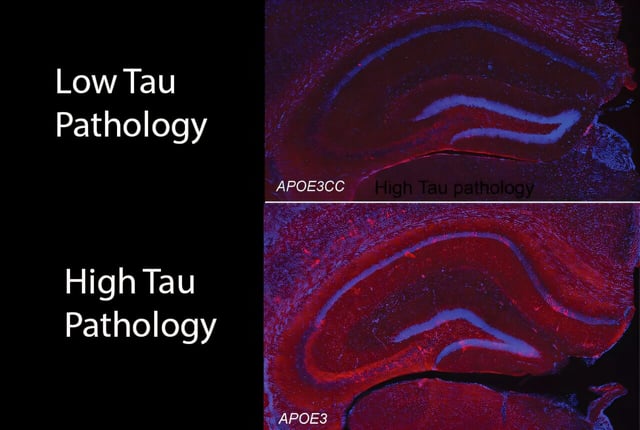Overview
- Weill Cornell Medicine researchers showed that the APOE3-R136S “Christchurch” mutation dampens inflammatory signaling in brain microglia by inhibiting the cGAS-STING innate immune pathway.
- In mice engineered to carry the mutation, tau accumulation, synaptic damage and disruptions in neural activity were markedly reduced despite high amyloid loads.
- Treatment with a small-molecule cGAS-STING inhibitor replicated the mutation’s protective effects in preclinical Alzheimer’s models.
- The mutation’s resilience against tau pathology and cognitive decline highlights a mechanism of genetic protection separate from amyloid clearance.
- Scientists are now testing cGAS-STING blockers in other neurodegenerative disease models to assess broader therapeutic potential.
